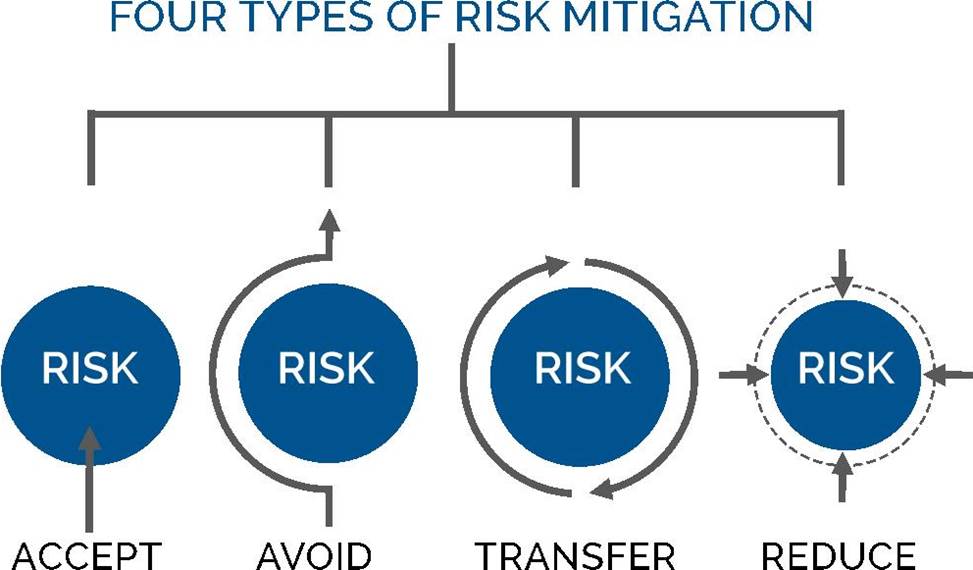Which of the following risk decisions will be the best for the project in terms of its successful continuation with the most business profit?
Suppose your company has just passed a security risk assessment exercise. The results display that the risk of the breach in the main company application is 50%. Security staff has taken some measures and implemented the necessary controls. After that, another security risk assessment was performed showing that risk has decreased to 10%. The risk threshold for the application is 20%.
Which of the following risk decisions will be the best for the project in terms of its successful continuation with the most business profit?
A . Accept the risk
B . Introduce more controls to bring risk to 0%
C . Mitigate the risk
D . Avoid the risk
Answer: A
Explanation:
Risk Mitigation
Risk mitigation can be defined as taking steps to reduce adverse effects. There are four types of risk mitigation strategies that hold unique to Business Continuity and Disaster Recovery. When mitigating risk, it’s important to develop a strategy that closely relates to and matches your company’s profile.

A picture containing diagram
Description automatically generated
Risk Acceptance
Risk acceptance does not reduce any effects; however, it is still considered a strategy. This strategy is a common option when the cost of other risk management options such as avoidance or limitation may outweigh the cost of the risk itself. A company that doesn’t want to spend a lot of money on avoiding risks that do not have a high possibility of occurring will use the risk acceptance strategy.
Risk Avoidance
Risk avoidance is the opposite of risk acceptance. It is the action that avoids any exposure
to the risk whatsoever. It’s important to note that risk avoidance is usually the most expensive of all risk mitigation options.
Risk Limitation
Risk limitation is the most common risk management strategy used by businesses. This strategy limits a company’s exposure by taking some action. It is a strategy employing a bit of risk acceptance and a bit of risk avoidance or an average of both. An example of risk limitation would be a company accepting that a disk drive may fail and avoiding a long period of failure by having backups.
Risk Transference
Risk transference is the involvement of handing risk off to a willing third party. For example, numerous companies outsource certain operations such as customer service, payroll services, etc. This can be beneficial for a company if a transferred risk is not a core competency of that company. It can also be used so a company can focus more on its core competencies.
Latest 312-50v12 Dumps Valid Version with 503 Q&As
Latest And Valid Q&A | Instant Download | Once Fail, Full Refund

